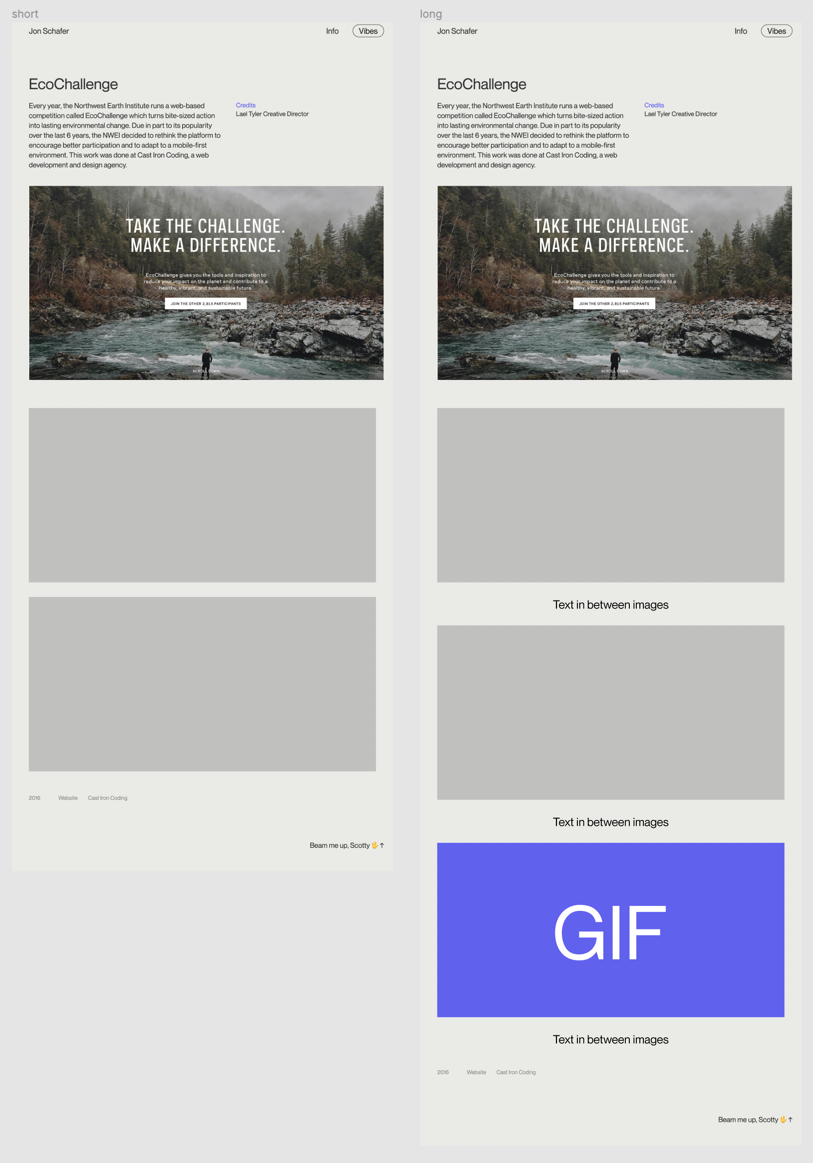One thing to be careful of…
It’s easy to start making wide, sweeping changes. Like changing the entire page versus micro level changes - small sections, divs, elements, and so on.
This can potentially cause several problems that you need to be on the look out for.
Page size.
All of those changes live on the page and are downloaded to the visitors browser. They are only “hidden”, not removed from the web page. So you can very easily impact the speed of your site depending upon the amount of changes you include.
This can cause a poor user experience (slow page loading) and drop your rankings in Google.
Duplicate content.
Since the content lives on the page and is hidden, you’ve potentially introduced a lot of duplicate content on the same page. This can appear to search engines as “keyword stuffing” (along with a few other issues).
This can very easily effect your Google rankings.
Assets
All assets are still linked to on the page. For example, images. That said, Webflow rocks  , and they pro-actively stop the loading of images that are hidden (mostly). At times this has broken. Also, make sure to test other assets you load on the page as you may find some unexpected surprises.
, and they pro-actively stop the loading of images that are hidden (mostly). At times this has broken. Also, make sure to test other assets you load on the page as you may find some unexpected surprises.
This can cause a poor user experience (slow page loading) and drop your rankings in Google.
Unexpected outcomes.
I’ve mentioned a few common issues, but there are more. Much of the time it can cause a lot of wheel spinning and head scratching as to why things aren’t displayed or working as you’ve intended.
Another thing to think through as you build solutions like this.
In all cases I’ve seen first hand this effect search rankings (and user experience) when making a lot of wide, sweeping changes. Generally it’s a bad idea to go extreme with this.
So at the very least, just be aware of it as you work through your own solutions 




